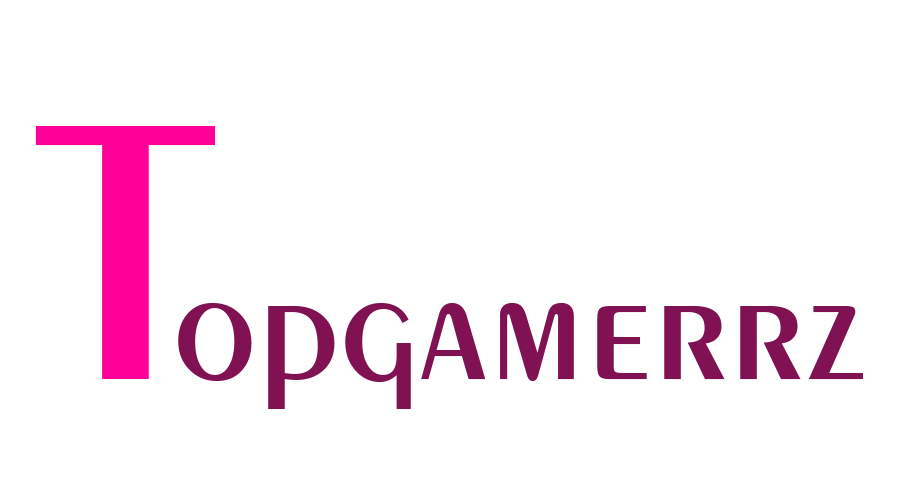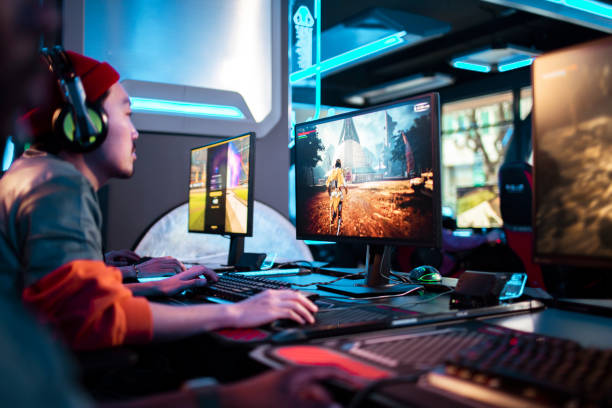New in 2025: The Annapurna Circuit Trek. The Annapurna Circuit. Few treks can boast of as much variety as the Annapurna Circuit. This is one of the finest treks in the Himalayas with its rich cultural variety, towering peaks anaalmostbarrier beyond the valleys. But while the trip might be cheaper than some physics-defying treks, it’s still smart to budget well and know where your money is (or is not) going on the trail.
Knowing what to expect financially can prevent being blindsided and allow you to focus on what matters: enjoying the mountains. Here’s the downlow on how to trek the Annapurna Circuit as a budget backpacker without feeling like you’re rolled up in cheap soup – from permits, from getting there, to where to sleep, what to eat, and even getting help (if you need it)!
Understanding the Total Budget
Standard ABC trek cost The cost for a full Annapurna Circuit Tour will be between USD 700 and USD 1,200 – although it can go up or down depending on how many days you want to hit the trail and how many things you want to take with you and the kind of comfort you are expecting from the trek. Yes, you can travel really cheaply, go independent, and if you want a little bit more help or to travel a bit more luxuriously, then you’re going to pay that little bit more.
Permits and Paperwork
If you are ever thinking doingdthe o the Annapurna Circuit Nepal, there are two trek permits you need to buy – the TIMS card, and the Annapurna Conservation Area Permit (ACAP). All of these are essential for any traveler. But now the TIMS card costs $20 and the ACAP permit $30. You can buy the permits in Kathmandu or Pokhara at the Nepal Tourism Board or through a trekking agency, which does all the bureaucracy for you.
Getting to and from the trail
From Kathmandu buses to BesiSahar leave and there, costing 10-15$ is the cheapest, slightly more expensive, and much expensive deluxe, but they’re a bit more comfortable. You finish your trek the moment you finish – that is, if you finish in Jomsom or even earlier at Tatopani, or at the trailhead in Nayapul, you can just bus or fly back into Pokhara. The flight from ht Jomson to Pokhara, or you can fly from Kathmandu to Pokhara for $10-30? $30 (if you want to pay) for a pretty damn comfortable bus. You’re likely going to want between $50-$70 for the trip now, and the cost is going to take you a long way.
Accommodation Along the Trail
When you’re not camping, teahouses are the standard lodging along the Annapurna Circuit. They’re simple guesthouses — no frills — with basic rooms and shared toilets. In the valleys $3 to $6 a night should secure you some type of accommodations. Most of the teahouses at the higher elevations will allow you a free room if you have both dinner and breakfast at their teahouse. The rooms over here are simple (bed, blanket, wood walls), but they are also warm and welcoming, and they are by no means out of the Himalayas’ charm.
Hiring a Guide or Porter
It isn´t necessary to have a guide and/or porter, but it´s highly recommended and pretty much needed if it’s your first time in Nepal that you are trekking. Even if you pay wage guide + room and food, you can expect that one of the local certified guides is happy with 25-35 $/day USD. Porters (they’ll also take 20–25 kg of your gear) cost $15–25 USD; the cost fluctuates daily. You’ll generally share a guide or a porter with a friend, or with someone you meet along your journey, to save money. Support on the trail, you don’t need, but you might make your trip not necessarily more pleasant but safer, more comfortable, and more informed about the local culture.
Gear Costs and Preparation
If you don’t already have high-end hiking gear, you’ll need to rent or buy it before (to Nepal. Bestselling-tours There are at least 30 shops in Kathmandu and Pokhara where you can hire down jackets, Sleeping Bags, and trekking poles for a dirt bargain. $1-USD 2/day, sleeping bag/jacket rental.Full Two-Week Setup Rentals: Average full two-week setups to rent for $40 to $60. Or you can rent some inexpensive gear if you may want to use it again someday. You’ll pay the least if you bring your gear — if you have any.
Hidden and Unexpected Expenses
Trekker also ignores the small but persistent costs that add up over the day. In the villages up high, hot showers are on top of the room price, for US$2 or 3.” Getting a juice up for your phone or your camera battery if you need one can cost you, oh, a measly CHF 2 to 5, depending on where you’re at; your batteries are dying as you wait in line. Wi-Fi access is, meanwhile, common though slow and (with few exceptions) not free (expect to shell out for it, $2–$5). An energy bar or chocolate bar or a trail snack of any type is much more expensive than it should be; you know, if you buy one in town, it’s probably $2-4 each. And don’t forget that, after the trek, you should tip your guide or porter as well; 10 to 15 percent of what you‘ve already paid them will suffice, and they’ll be so grateful.
Smart Ways to Save Money
But there are all sorts of strategies you can adopt to ensure that it doesn’t turn into the soul-destroying experience it so frequently and easily can. Oh, yeah, there’s always the option of stalking flights for a shoulder season Sunday — an early- or late-end-of-November-with-less-than-expected-demand cheapie hike. And don’t forget your reusable water bottle, SteriPEN, or water purification tablets if you want to drink tap water instead of buying bottles of the stuff. If you bring a few ziplocs with some bagged meals (like oatmeal packets you can buy in Kathmandu (or Pokhara) and a bit of trail mix, you can save a few bucks and up your energy. There is always the possibility of spending the night in teahouses where food is given in return for a free bed could stem the tide of bills drowning you. DAILY DAILY the normal cost to hire a guide/porters for everyone else is much, much less for OTHER trekkers. Third, you can also save time with the Wi Fi and charging stops available while you are at work.
A Sample Trekking Budget
An estimate of rather sane spending for a fifteen-day via hike may appear something like this: $50 for permits $60 for transfers, $ $75 for rmeals, plus food and drinks for $300 to $450. If you rent a manual or a porter, tack on any other $300 to $500, depending on how many days. It may add slightly more if you’re renting gear: $40 to $60 more. Throw in some luxury extras, like snacks and showers — and a link to the outside world — and it will probably run you between $900 and $1,200 to trek super comfortably and well-fed.
Final Thoughts
Annapurna Circuit Trek – The Everest of walks as far as vistas and making you feel on top of the world, surrounded by snow-covered mountains – and it doesn’t have to be budget-breaking if you do your homework. Although you are a little bit of a tightwad, and you are carefully aware of exactly how your money is slipping away there and there along the way, you can probably even enjoy yourself every single step of the way without ever really feeling it come true. Camping, dodging those bimealsl,s and the “real” bed. If you’re taking the hike solo or with a guide, sleeping in simple teahouses, sleeping in plush lodges(Selecting a luxury lodge), or without a porter. Let’s say that you fall somewhere within the center. With a little bit of research and a wholesome experience of reality, that dream excursion of yours is possible.







